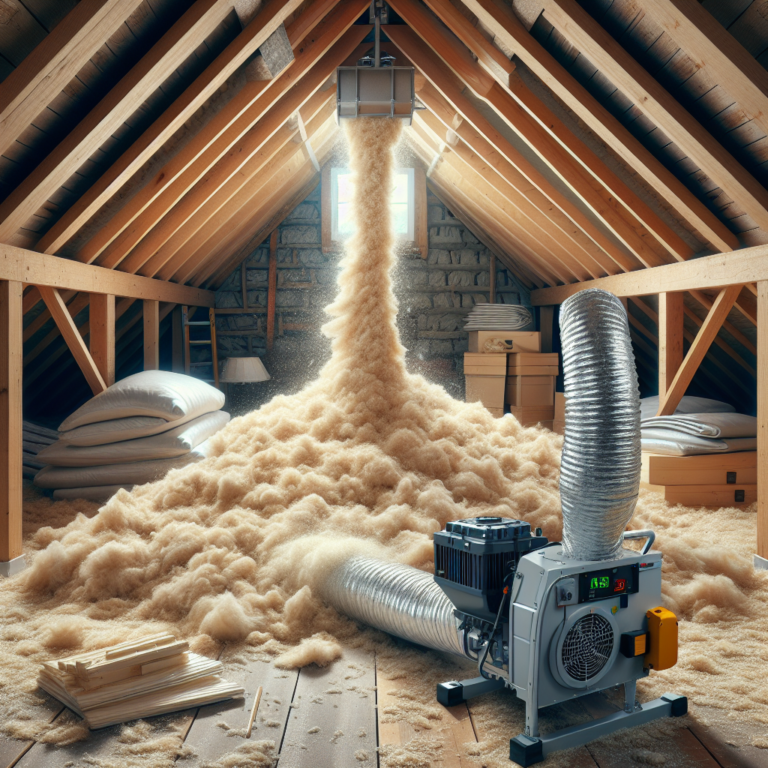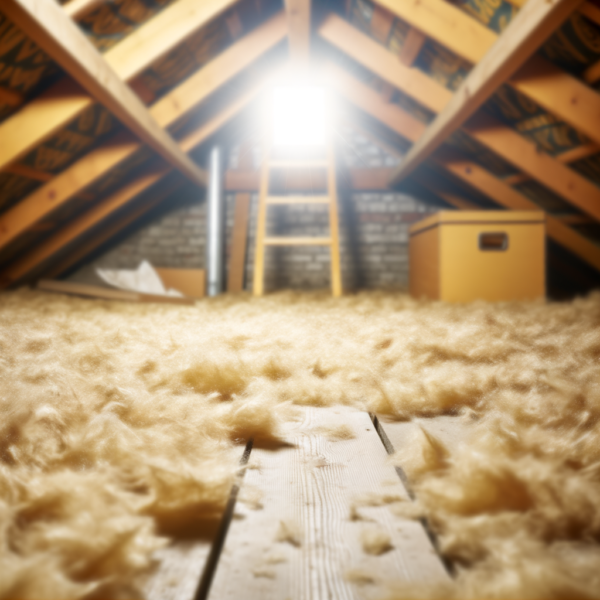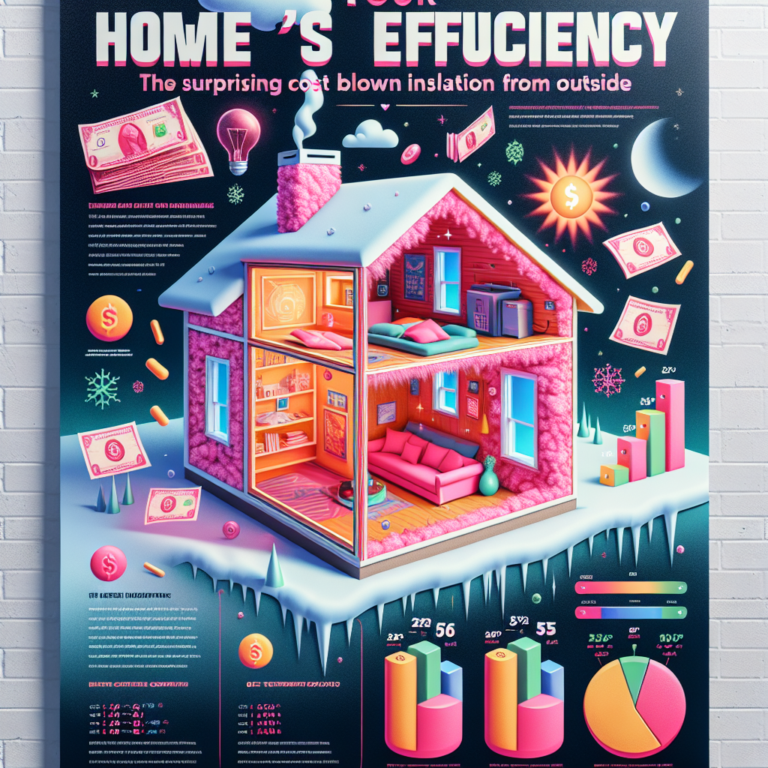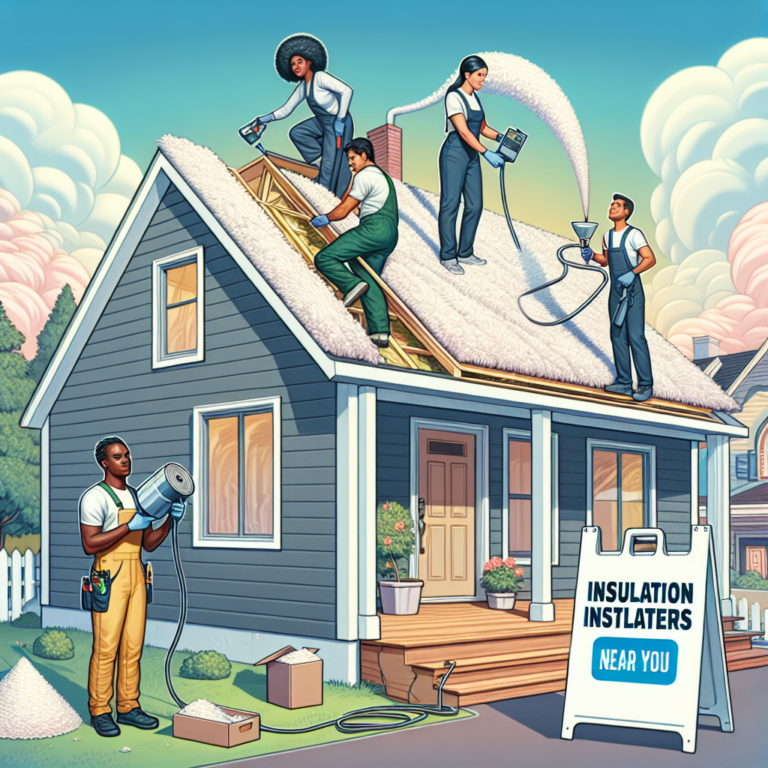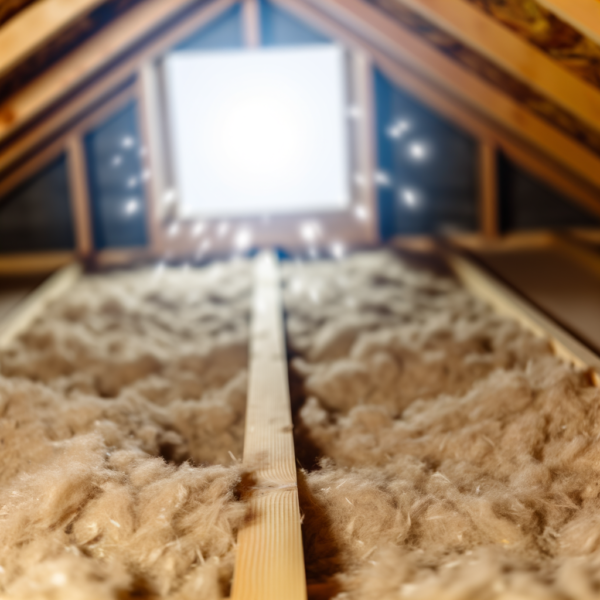Save Money and Stay Warm: The Surprising Cost of Blown In Loose Fill Insulation
Introduction
Blown in loose fill insulation has become a go-to solution for homeowners seeking to cut energy bills while keeping their living spaces cozy year-round. By using specialized machinery to blow tiny particles of fiberglass, cellulose, or mineral wool into cavities and attics, this insulation method fills every nook and cranny for an airtight seal. In this article, we’ll explore the true cost of installing blown in loose fill insulation, the factors that influence pricing, and how it stacks up against other insulation options.
H2: Benefits of Blown In Loose Fill Insulation
1. Superior Energy Efficiency
• Air-Sealing Power: The loose-fill material conforms to irregular gaps and crevices, minimizing air leakage and thermal bridging.
• Consistent Comfort: By reducing drafts, your HVAC system runs less often, keeping temperatures steady and lowering utility bills.
2. Enhanced Soundproofing
• Noise Barrier: The dense layer of particles absorbs sound waves, cutting down on exterior noise and improving room-to-room privacy.
3. Quick, Non-Invasive Installation
• Minimal Disruption: Installers access attics or walls through small openings, so you won’t need extensive demolition or reconstruction.
4. Environmentally Friendly Options
• Recycled Materials: Cellulose insulation is often made from recycled paper, while many fiberglass products contain post-consumer glass.
H2: Calculating the Cost of Blown In Loose Fill Insulation
Several variables determine the total investment:
H3: Size and Scope of the Project
• Square Footage: Larger attics or wall cavities require more material and labor.
• Depth of Coverage: Recommended R-values differ by climate zone, so thicker depths raise costs.
H3: Choice of Insulation Material
• Fiberglass Loose Fill: Typically $0.50 to $1.50 per square foot—budget-friendly with good performance.
• Cellulose Loose Fill: Around $1.50 to $3.00 per square foot—eco-friendly with higher R-values.
• Mineral Wool: $1.00 to $2.50 per square foot—excellent fire resistance and moisture control.
H3: Labor and Equipment Expenses
• Professional Installation: Expect $40 to $70 per hour for skilled installers who bring blowers, hoses, and protective gear.
• Accessibility: Hard-to-reach attics or multi-story homes can incur extra charges for scaffolding or extended setup time.
• Prep Work: Removing old insulation, sealing leaks, or repairing damaged sheathing will add to the overall cost.
Estimated Total Cost Range
• Small Attic (500 sq. ft.): $500 – $1,200
• Medium Attic (1,000 sq. ft.): $1,200 – $2,500
• Large Attic or Walls (1,500+ sq. ft.): $1,500 – $3,500
Keep in mind that many local utility companies and state energy programs offer rebates or tax credits for upgrading to high-efficiency insulation, which can offset up to 30% of your out-of-pocket expense.
H2: Blown In Loose Fill Insulation vs Other Insulation Types
H3: R-Value Comparison
• Loose Fill Insulation: R-3.2 to R-3.8 per inch (fiberglass), R-3.5 to R-4.0 per inch (cellulose)
• Fiberglass Batts: R-2.9 to R-3.8 per inch, but prone to gaps if not perfectly fitted
• Spray Foam: R-6.0 to R-7.0 per inch, highest performance but 2–3 times more expensive
H3: Installation Ease and Coverage
• Batts and Rolls: Require precise cutting and fitting, leaving potential voids around obstructions.
• Spray Foam: Offers full coverage but needs specialized installers and curing time.
• Loose Fill: Quick blow-in application reaches tight corners and around wiring, plumbing, and vents without custom cuts.
H3: Longevity and Maintenance
• Loose Fill: Settling can occur over decades, but top-ups are simple and inexpensive.
• Batts: May shift or sag over time, reducing effectiveness.
• Spray Foam: Remains stable but is permanent—future renovations can be complicated.
H2: Q&A
1) How long does blown in loose fill insulation last?
With proper installation, loose fill insulation can last 20–30 years before settling requires a minor top-up.
2) Can I install blown in insulation myself?
DIY is possible if you rent a blower, but professional installers ensure optimal density, coverage, and safety.
3) Will blown in insulation help with moisture control?
Cellulose and mineral wool options resist moisture and mold, but any insulation needs proper attic ventilation to prevent condensation.
Conclusion
Investing in blown in loose fill insulation offers an unbeatable combination of energy savings, comfort, and soundproofing. While initial costs range from $500 for small attics to over $3,000 for larger spaces, rebates and long-term utility reductions make it a smart financial move. By choosing the right material and professional installer, you’ll “Save Money and Stay Warm” for decades, enjoying a cozier home and smaller energy bills thanks to blown in loose fill insulation.



